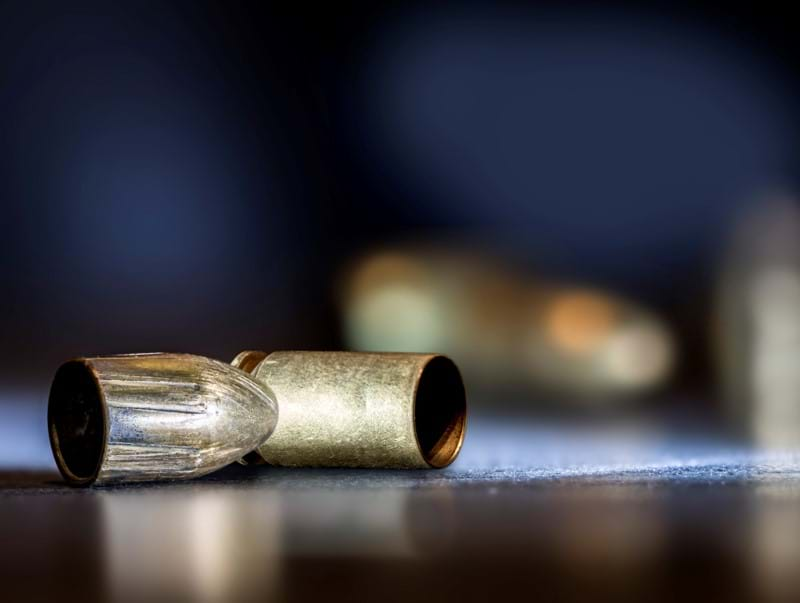My wife and I still chuckle about one of our first computers. It had a dual, 5-1/4” floppy disk with no hard drive. We were so impressed with the technology that I remember saying, “We’ll never need another one.” Well, we did. Our next one had a 40 MB hard drive and we said the same thing, this time really meaning it. We stopped saying that after a while and now hesitate to buy one out of concern that it will be obsolete in six months either because of technology shifts or incompatibility with other technology.
With the various technology options available for forensic science laboratories today, it is essential that the selected technology can be leveraged in as many ways as possible, and provide efficient file management and data sharing. This is not always the case. For example, while working at one laboratory, I recall certain types of casework that required me to record the information for one case in at least three different locations. Not only was this needlessly redundant, but because each record was independently entered, the person reviewing the case had to go back and verify that each record was correct and compare it with the other records within the same case. And for those wondering, this was not in the era of 5-1/4” floppies—it was about seven years ago!
One of the first questions asked when the Quantum 3D Microscope™ was presented in May of this year, had to do with the accessibility of the data. Individuals were concerned that the data would be difficult to obtain and incorporate into their LIMS, and such concern is legitimate. Data sharing challenges are often less about technology and more about the restrictions imposed by the various agency administrations. There is nothing in the Quantum technology that prevents the data, including quantitative analysis results, from being shared with other systems such as LIMS. The Quantum 3D Microscope application saves the data under the current workspace folder. The files can be freely accessed using Windows Explorer and can be stored or archived on the user’s network or on USB removable media. All the associated material can be archived with the case on a laboratory’s LIMS with relative ease.
In addition, it is important to mention the on-going research that exists throughout the community with respect to firearm identification and creating a national database of 3D data. To be clear, this is not a search database such as NIBIN. This is a database of pooled data to provide increasingly robust scientific data upon which false match rates can be derived for fired bullets. The X3P export capability of the Quantum 3D Microscope application will make it possible for laboratories to submit X3P data for various databases, including the NIST Ballistics Toolmark Research Database. Because data sharing is fundamentally important, the product has been devised with an emphasis on flexible data access and management.
When designing the Quantum 3D Microscope as a tool for use by forensic science laboratories in the daily operation of their firearm and toolmark units, it needed to serve a practical purpose, increase the efficiency of the unit in light of growing demands for service, be sufficiently robust to handle even the most difficult of cases, and be flexible enough to be incorporated into any laboratory setting. The Quantum 3D Microscope checks all these boxes and more.
So, I will close this blog the same way that I closed my last blog. Have you arranged for your Quantum trial? I encourage you to do so soon. Quantum is a game changer for the firearm and toolmark identification discipline.






